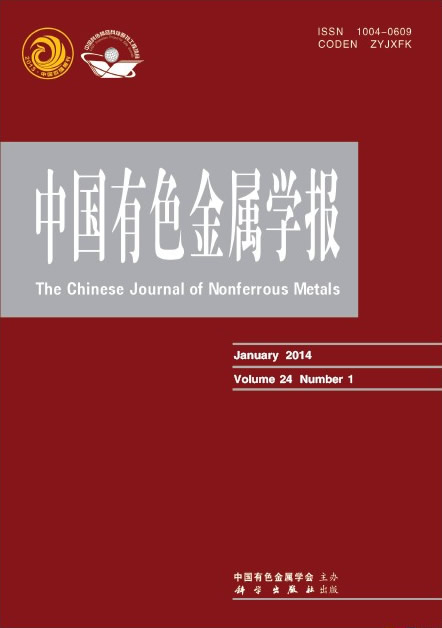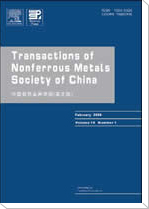(1. 上海大学 材料科学与工程学院,上海 200072;
2. 苏州有色金属研究院有限公司 材料工艺研究所,苏州 215026)
摘 要: 结合镁合金铸轧工艺特点,分析镁合金板坯铸轧过程中凝固层焊合点位置与板坯缺陷的影响规律;针对板坯厚度、铸轧区长度及铸轧速度等关键参数,简化凝壳径向生长及凝固前沿周向转动过程,确定铸轧速度匹配范围,建立凝固层焊合点位置控制模型,并通过工艺试验对控制模型进行验证。结果表明:通过理论模型确定工艺匹配范围,可稳定并优化镁合金铸轧工艺,大幅度降低铸轧板坯宏观缺陷,获得表面光洁、质量良好的镁合金铸轧板坯。
关键字: 镁合金;双辊铸轧;凝固层焊合点;控制模型;工艺优化
(1. School of Materials Science and Engineering, Shanghai University, Shanghai 200072, China;
2. Department of Materials Science and Technology, Suzhou Nonferrous Metals Research Institute,
Suzhou 215026, China)
Abstract:The effect of kiss-point position of solidification layer of twin-roll casting on macro-defects of magnesium alloys strip was analyzed through experiments and theoretical derivation. A kiss-point model which considers the strip thickness, set-back length and roll speed was established to optimize the process and enhance the surface quality of magnesium alloys strip. The results show that the model of kiss-point of solidification layer effectively stabilizes and optimizes the twin-roll casting processing, and the defect-free magnesium alloys strip is obtained by twin-roll casting.
Key words: magnesium alloys; twin-roll casting; kiss-point of solidification layer; model; process optimization


